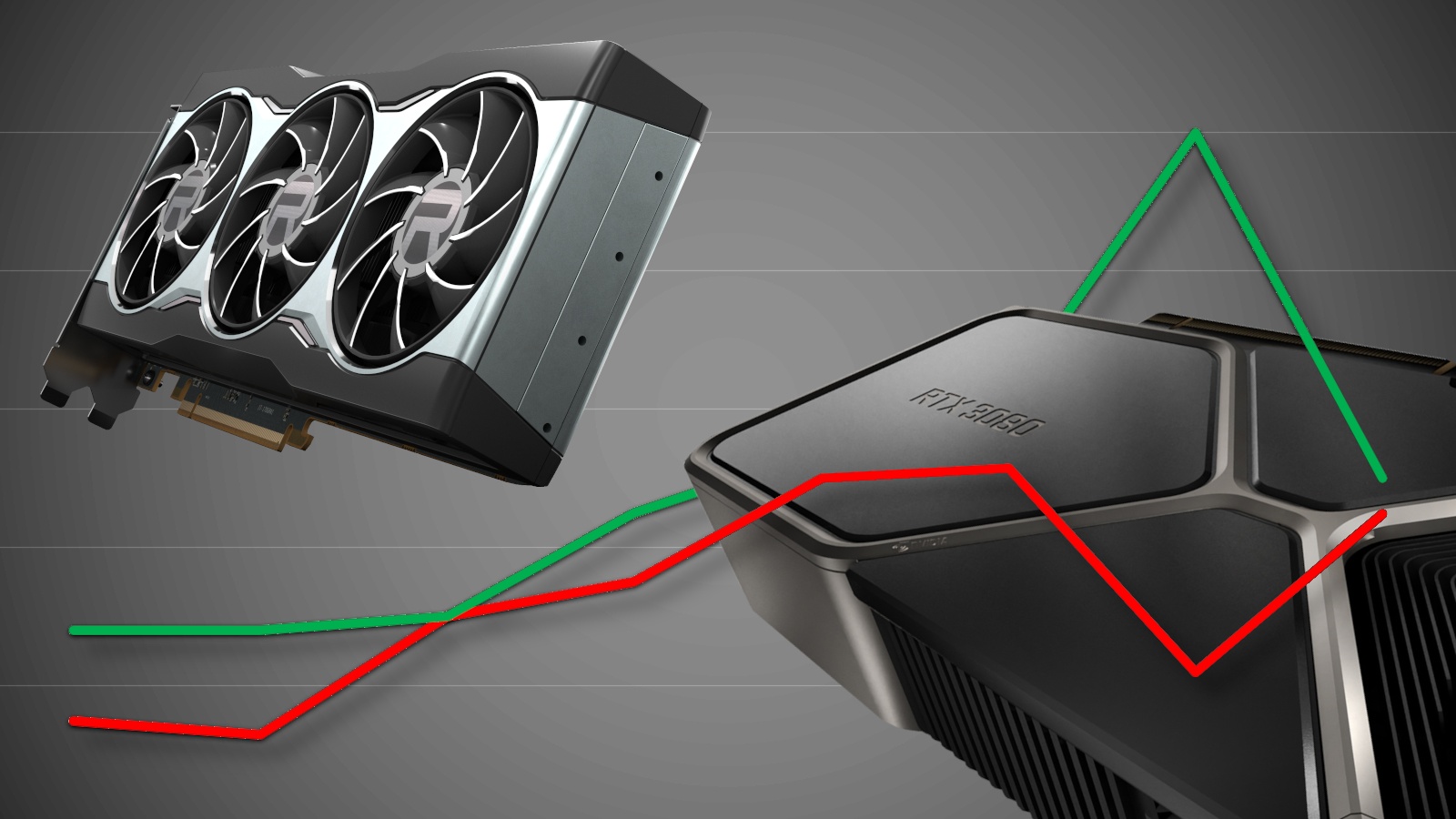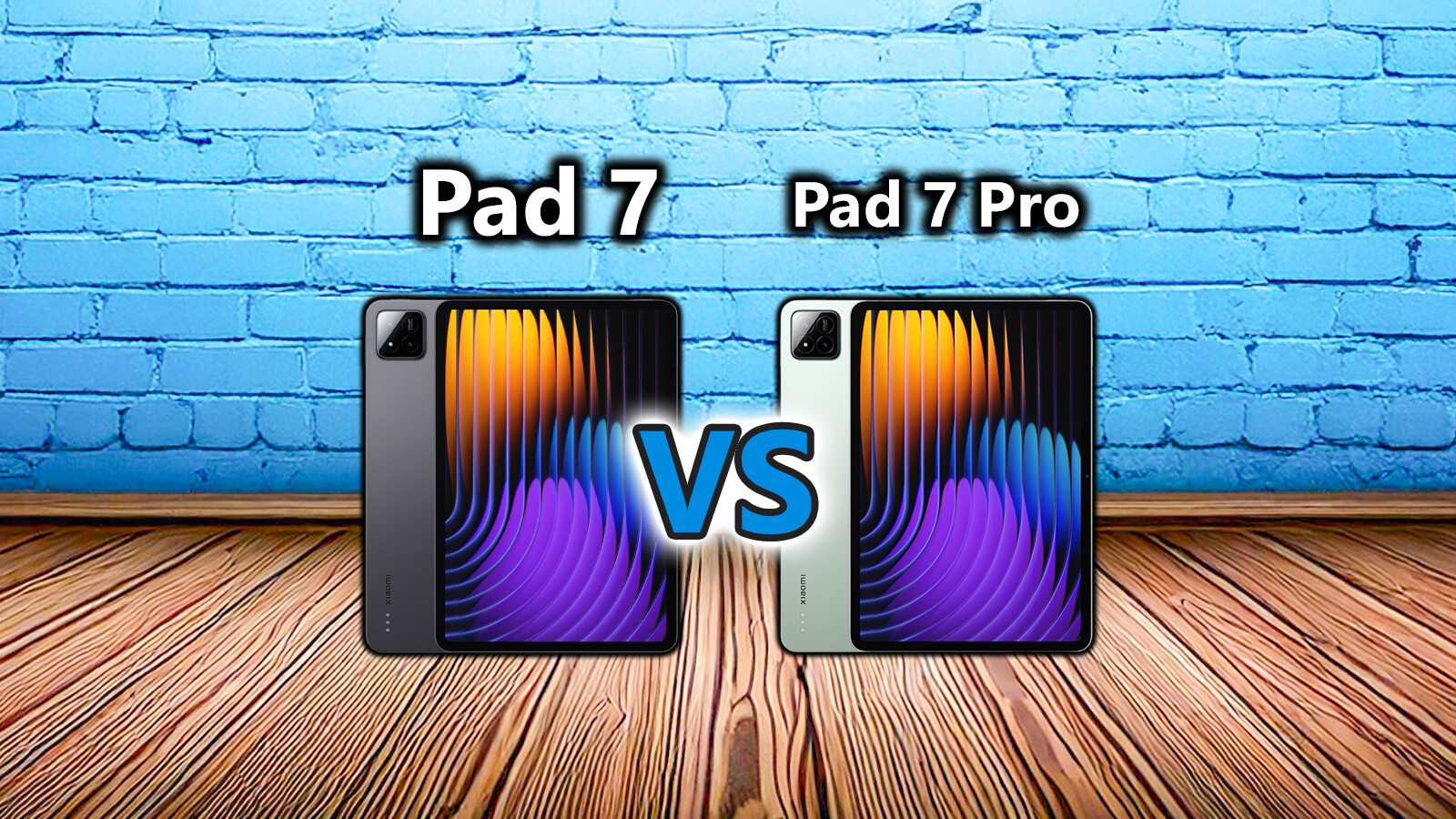The eternal graphics card duel between AMD and Nvidia is taking a back seat for many players due to extremely high prices. A good time to look back at the past: How has the battle for the GPU throne developed over the past twelve years?
The inspiration for this article came from a Reddit post
First a note: How exactly graphics cards perform in such tests varies to a greater or lesser extent depending on the hardware used, game selection and graphics settings. So our measurements only show a rough direction. In addition, apart from the top models, the lower performance classes not considered here can result in significantly different conditions.
Quick navigation:
Which data do we use exactly?
For each duel, we use the measurements from the first GameStar test, in which both graphics cards competed against each other (see also the links in the overview below). The price information for the RRP comes from the generally first test of the respective GPU.
With the exception of the memory equipment and the price information, all diagrams give percentages that cannot be compared with one another beyond the individual duels.
For example, the game performance graph only shows who was ahead in which duel and not how the game performance has generally developed over time. The reason: The benchmark conditions were different due to constant updates of the test systems.
The duels at a glance:
Gaming performance
In our game benchmarks, AMD has mostly been left behind, at least in the much-noticed duels between the top models since 2009. In the meantime, the Radeon R9 290X was able to catch up with Nvidia in 2013, but then came another long dry spell.
The difference was particularly big in the days of the RTX 2080 Ti. Although Nvidia’s top model was significantly more expensive (see also the next section), it was miles ahead of AMD’s Radeon RX 5700 XT in terms of gaming performance. Even the Radeon VII, which appeared a little earlier and was only produced for a short time, could hardly change the large backlog.
Prices
The price development for both AMD and Nvidia initially clearly points in one direction: upwards. With regard to the EIA, that has changed somewhat for the current generations, but we all know how much the EIA has meant in practice for months: nothing at all.
In parallel to the rising prices, your willingness to pay has also increased. You can find out more about this and the possible reasons in the following article:
more on the subject
You have never spent so much money on graphics cards
Price-performance (FPS per euro)
If we look at the prices in relation to the performance based on the FPS per euro, AMD does a little better than Nvidia in the duels shown here.
The significant jump up in the RX 5700 XT is due to the fact that the RX 5700 XT was more in the upper middle class, while the RTX 2080 Ti appeared as an absolute high-end model with costs in the four-digit range.
The significantly poorer price / performance ratio of the RTX 2080 Ti once again confirms a rule that often applies to graphics cards (and processors): the more expensive the hardware in question, the worse its price / performance ratio.
Table of Contents









